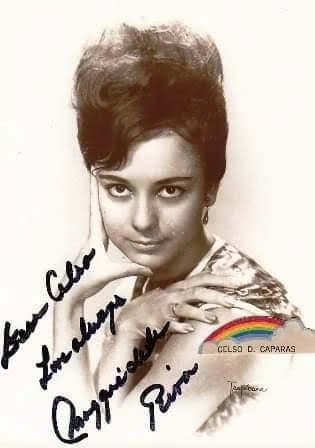
Prologue: The Woman Behind the Lights
In the golden glow of 1960s Manila, a city alive with neon lights, jazz bands, and movie theaters, few names shone as brightly as Maggie de la Riva. Born Magdalena de la Riva in 1942, Maggie grew up with ambition and grace. She dreamed of the stage, of silver screens, and of being more than just a pretty face.
Manila then was a city of contrasts: the glimmering cosmopolitan avenues of Makati and Ermita stood beside crowded jeepneys, bustling markets, and alleys filled with stories. For a young actress, the city was both a canvas and a cage. Fame promised admiration but brought scrutiny, envy, and, sometimes, danger.
By the mid-1960s, Maggie had become a rising star in Philippine cinema. Studios like Sampaguita Pictures and LVN Pictures frequently cast her in leading roles, where she captivated audiences with her poise, subtlety, and emotional depth. Yet Maggie remained grounded. She was polite, disciplined, and thoughtful — a star whose true brilliance came from dedication, not just beauty.
Behind closed doors, she reflected on her life, her responsibilities, and her dreams. She wanted to inspire people, especially women, to pursue their ambitions with courage and integrity. She could not have imagined that her life was about to be tested in a way that would define Philippine legal history.
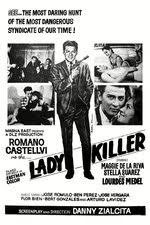
Chapter 1: Stardom in Manila
Maggie’s daily life was a mix of glamour and hard work. Film sets were a universe of lights, cameras, and constant movement. Directors barked instructions, cameramen adjusted lenses, and co-actors rehearsed their lines. Maggie, however, moved with a quiet elegance. She memorized scripts meticulously, rehearsed gestures until natural, and treated everyone — from assistants to veteran actors — with respect.
Her early films, including Lilet and Mga Batang Artista, brought her acclaim. Audiences adored her, critics praised her subtlety, and colleagues admired her professionalism. Yet Maggie knew that fame was fragile. Public perception was unpredictable, and for a woman in the 1960s, even a slight misstep could spark scandal.
Beyond the camera, Maggie sought quiet moments: a walk along Rizal Park, conversations with family, or reading a novel in the calm of her apartment. Manila was both a playground and a minefield — a city where ambition could be celebrated but also exploited.
Little did she know, the night of June 26, 1967, would mark a turning point — one that would pit her courage against cruelty, and her integrity against privilege.
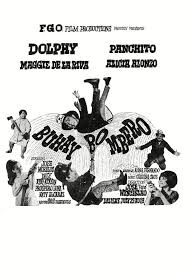
Chapter 2: The Invitation
On that fateful evening, Maggie had just completed a performance at the Bayview Hotel, a routine gig that marked another night in her rising career. The hotel’s lights glittered against the quiet Manila sky, and the soft hum of traffic drifted through the streets.
Four men, all in their twenties and from wealthy, influential families, noticed Maggie. Jaime José, Edgardo Aquino, Basilio Pineda Jr., and Rogelio Canal were accustomed to getting what they wanted. Entitlement, alcohol, and recklessness combined into a dangerous mix.
“We enjoyed your performance, Miss de la Riva,” one said, a practiced charm in his voice. “Would you care to join us for a drink?”
Maggie, polite but cautious, declined. She smiled, thanked them, and prepared to leave. Little did she know that her simple refusal would spark a chain of events that would shake Manila and define her legacy.
As Maggie stepped outside, her driver waited. The city was alive with distant music, neon reflections in puddles, and the soft rustle of evening air. Yet, another car lingered nearby, unnoticed.
Chapter 3: The Abduction
On that night, the four men blocked Maggie’s car. Threatening her driver, they forced Maggie into their vehicle and drove her to an apartment on Kamagong Street, Makati. For hours, she was held against her will. Though the trauma was immense, Maggie’s inner strength — faith, determination, and courage — allowed her to endure.
At dawn, they left her near her apartment and warned her to remain silent. But Maggie refused to be silenced. She immediately reported the crime to the Quezon City Police Department, providing the names of her attackers and a detailed account of the ordeal.
The perpetrators were arrested swiftly. Despite being sons of influential families, their attempts at hush money and negotiations failed. Maggie’s insistence on justice made her a national figure — not merely a victim, but a symbol of courage and resolve.
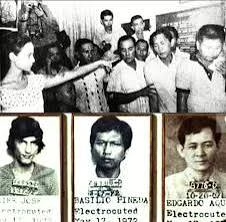
Chapter 4: The Cry for Justice
The trial in Quezon City Court of First Instance began later that year. Maggie testified with precision, courage, and dignity. She recounted her abduction, her attempts to survive, and the threats she endured. Her composure under intense scrutiny was widely noted by journalists and legal observers.
The defense attempted to discredit her, using her fame and the men’s social status to their advantage. Yet the prosecution, supported by eyewitness accounts, medical examinations, and police reports, reinforced her credibility.
Public interest was immense. Newspapers covered every hearing. Radio programs debated the case. Citizens across the Philippines discussed Maggie’s courage and the implications for justice, privilege, and gender equality.
In 1969, the court rendered its decision: all four men were found guilty of rape with aggravating circumstances and sentenced to death by electrocution, a verdict upheld by the Supreme Court.
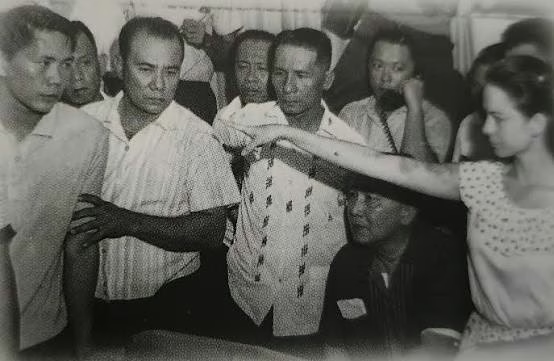
Chapter 5: The Final Judgment
The execution of the four men took place on May 17, 1972, at the New Bilibid Prison. Though horrifying in reality, this moment was historically significant: it demonstrated that wealth and social influence could not protect criminals from the law.
For Maggie, the emotional toll of the trial and the years of public attention was immense. Yet she remained a symbol of resilience, showing the nation that courage, dignity, and determination could triumph over fear and injustice.
Her story inspired films, books, and countless survivors of sexual violence. The 1994 biopic The Maggie de la Riva Story: God… Why Me? immortalized her courage for a new generation.

Chapter 6: The Woman Who Lived On
After the trial, Maggie withdrew from the limelight. She focused on family, quiet advocacy, and reflection. Yet Manila and the Philippines never forgot her story. She became a symbol of women’s courage, dignity, and moral resilience.
Even decades later, her story remains relevant. Survivors of abuse look to her example as proof that courage, truth, and persistence can change lives. Maggie lived quietly but powerfully, her legacy cemented in history and culture.
Epilogue: Light After Darkness
Imagine the neon streets of Manila decades later. A journalist sits across from Maggie. Her gaze is steady, sharp, almost cinematic.
“They thought they could escape. They thought privilege could erase guilt. But justice… has its own rhythm,” she says.
Flashbacks unfold like a film storyboard: courtroom hearings, verdicts, media frenzy, and the eventual execution of the perpetrators. In this stylized sequence, history itself delivers symbolic vengeance. Maggie’s courage and the legal system acted as instruments of retribution — a quiet, moral, and cinematic triumph over arrogance and cruelty.
She steps into the Manila night. Neon lights reflect on the wet pavement. Maggie de la Riva is no longer defined by fear. She is a survivor, a symbol, and a legend — proof that justice, dignity, and courage endure.
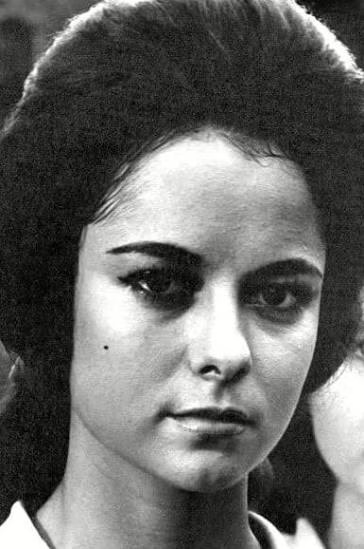
🔗 Learn More
- Maggie de la Riva – Wikipedia
- The Maggie de la Riva Story: God… Why Me? (1994)
- Women’s Rights in the Philippines
- Capital Punishment in the Philippines
